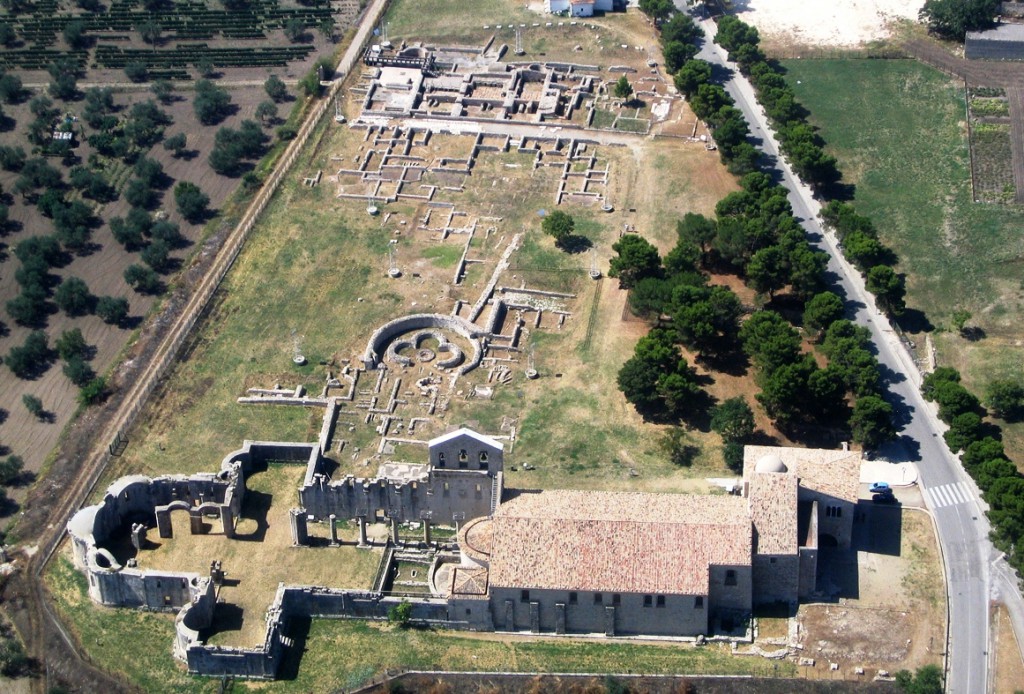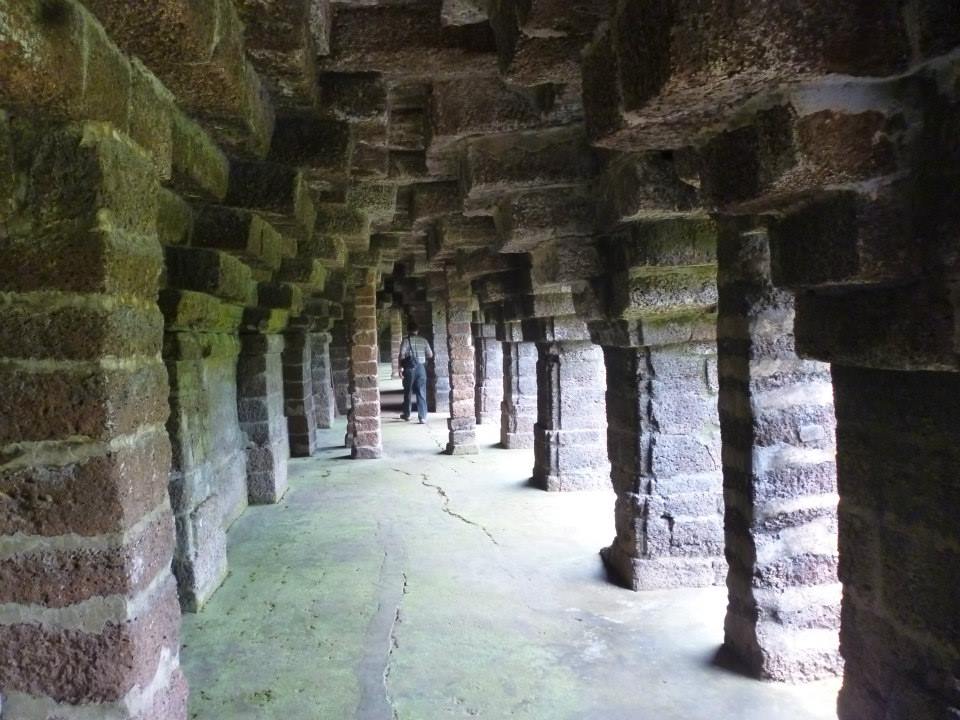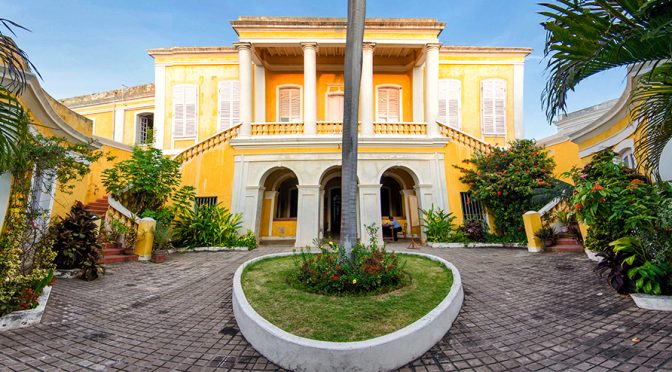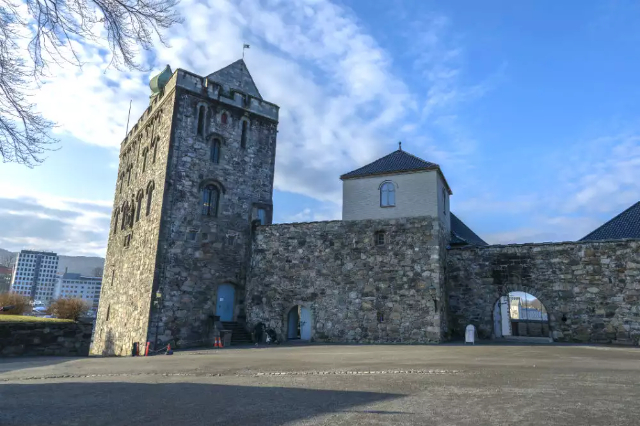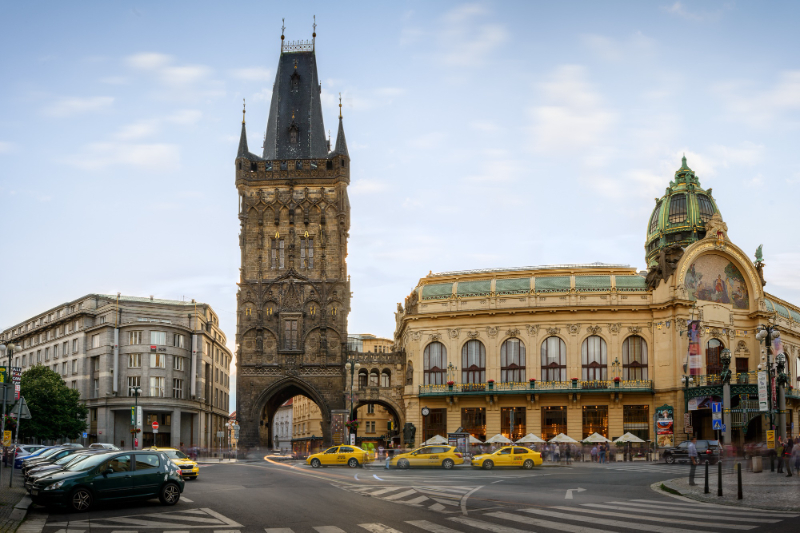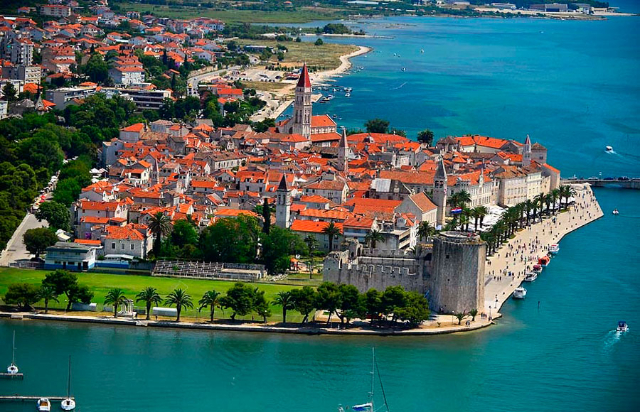The archaeological area contains the monumental remains of the Latin colony of Venusia (founded in 291 BC) from the Republican period to the Middle Ages. There are large public complexes, such as the thermal baths built in the first century A.D. and renovated until the third century A.D., the residential quarters, including a domus with mosaics, a block delimited by two basulated road axes. The majestic backdrop of the route is the Abbey of the Holy Trinity, which has been completely restored, making the various construction phases legible: from the Imperial Roman domus to the early Christian episcopal complex and the Benedictine abbey system dating back to the Norman period.
Among the subsequent interventions is the new arrangement, in the 16th century, of the tomb of Robert Guiscard and his brothers. Both from the park and from the apse of the church you can access the Incompiuta, an ecclesiastical structure built in Norman times and never completed. The enlargement of the park includes the integration with the adjacent archaeological areas where the amphitheatre and the Christian and Jewish catacombs are visible.
